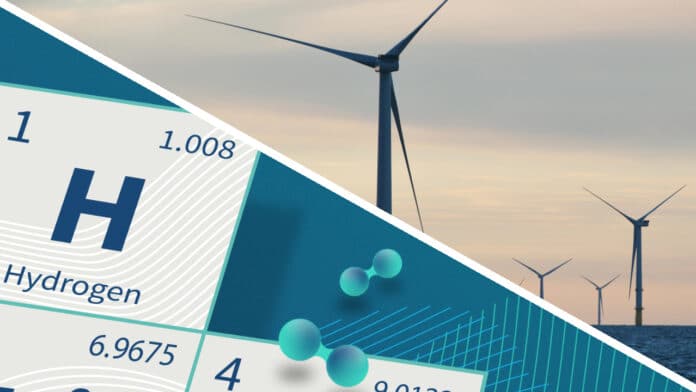Renewable energy firm RWE said this week that two of its innovative projects have been pre-selected for funding by the EU Innovation Fund – one of the world’s largest programs for demonstrating innovative low-carbon technologies. These projects are RWE’s FUREC project in the Netherlands and an offshore wind farm off the German coast, in whose project company Nordsee Two GmbH RWE holds a 51% stake.
The two projects are among a total of 17 projects selected by the EU Innovative Fund for the preparation of grant agreements, which is now underway. The EU Innovation Fund subsidizes breakthrough technologies for renewable energy, energy-intensive industries, energy storage, and carbon capture, use, and storage.
RWE is developing Nordsee Two offshore wind farms off the German coast together with its Canadian partner Northland Power. The wind farm with a planned grid capacity of 433 megawatts (MW) is to be built north of the island of Juist and is scheduled to start commercial operation in 2026. Together, the partners are driving technological advancements in the offshore wind industry.
In addition to the newest and most innovative wind turbines (each providing a minimum of 15 MW), the partners aim to demonstrate the technical and commercial feasibility of producing hydrogen at sea. For this purpose, an electrolyzer is planned to be integrated into the offshore wind farm. The green hydrogen that would be obtained with the help of the electrolyzer could then be used for vessel fueling and to supply emergency power to the offshore substation or wind turbines.
With FUREC (Fuse Reuse Recycle), RWE’s other project, the company wants to produce hydrogen for the chemical industry and thus contribute to making production processes more sustainable. Household waste from Limburg in the Netherlands is to replace natural gas.
For FUREC, a plant is being built in Limburg to process residual materials into raw material pellets. These pallets will then be converted into hydrogen in another plant in Limburg’s Chemelot industrial park, which will be supplied to OCI Nitrogen fertilizer plants. In this way, the industrial park’s natural gas consumption is reduced by more than 280 million cubic meters annually, and also the emission of about 500,000 tonnes of CO2 can be avoided per year. The CO2 released during hydrogen production can be captured and stored or possibly used as a raw material in the future.
meta: RWE’s two innovative projects have been pre-selected for funding by the EU Innovation Fund, boosting RWE’s hydrogen and offshore business.
